Top Reasons Why Fedora Is the Best Linux Distribution for Enhancing Productivity
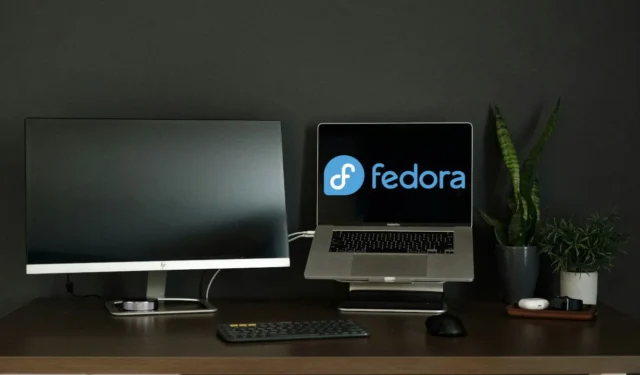

Fedora stands out as a robust Linux distribution, equipped with an elegant desktop and numerous integrated features. It showcases the newest advancements in kernel development, acting as the foundation for Red Hat Enterprise Linux (RHEL) and CentOS Stream. In this piece, I will explore why Fedora Linux has become my go-to platform for productivity.
All-Inclusive for My Essential Tasks
The primary attribute I seek in an operating system is its quick setup for work purposes. I favor a system that minimizes installation time, includes essential tools, and lets me get straight to work.
One of the aspects that attracted me to Fedora is its aim to be a comprehensive Linux distribution tailored for workstations. It features a straightforward one-click installer, a user-friendly desktop interface, and built-in tools for browsing the web and content creation. In my experience, I have never encountered a situation with Fedora where I needed to configure a utility just to achieve my desired functionality.
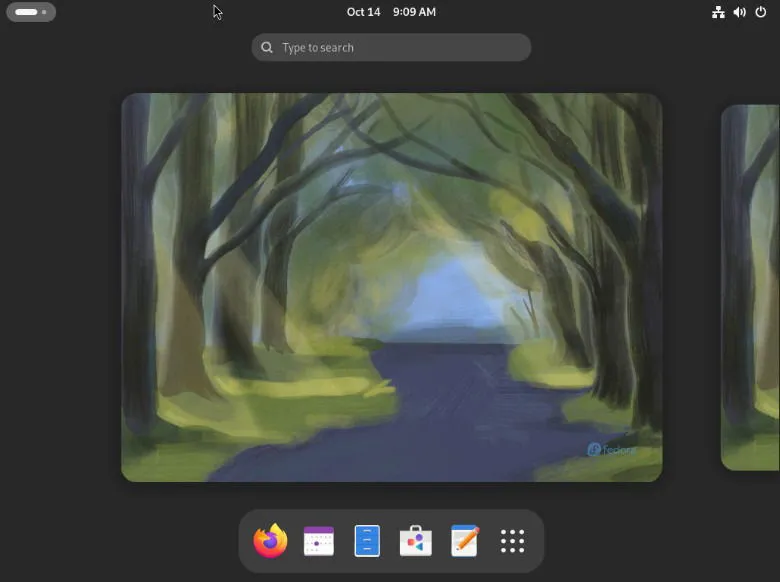
I appreciate Fedora’s pragmatic approach to its default settings. Rather than trying to present needless features, it focuses on established configurations for desktops and laptops. Apart from when I install Emacs, I generally use Fedora with its standard settings, which typically meet all my requirements for a work machine.
Broad Peripheral Support
Another key factor that leads me to choose Fedora over other distributions is its kernel architecture, which accommodates a wide array of hardware peripherals. This eliminates any compatibility concerns, allowing me to concentrate on my tasks rather than OS troubleshooting.
Furthermore, the superior hardware compatibility in Fedora lets me experiment with and refine new workflows. For instance, the latest version of Fedora is compatible with the tablet digitizer on my ThinkPad. This enables me to explore whether taking notes with a stylus is more effective than typing.

Moreover, various laptop brands, including Lenovo and Framework, are now offering official support and compatibility lists for Fedora. As a dedicated Linux enthusiast, I find this invaluable, as it assists in making well-informed choices when purchasing Linux-compatible laptops.
Striking a Balance Between Innovation and Reliability
Linux distributions generally fall into two main categories in terms of software delivery: rolling release and Long Term Support (LTS). The rolling release model focuses on cutting-edge software, often at the expense of stability. In contrast, LTS versions lock the system to a specific release, only integrating updates for reliability and security.
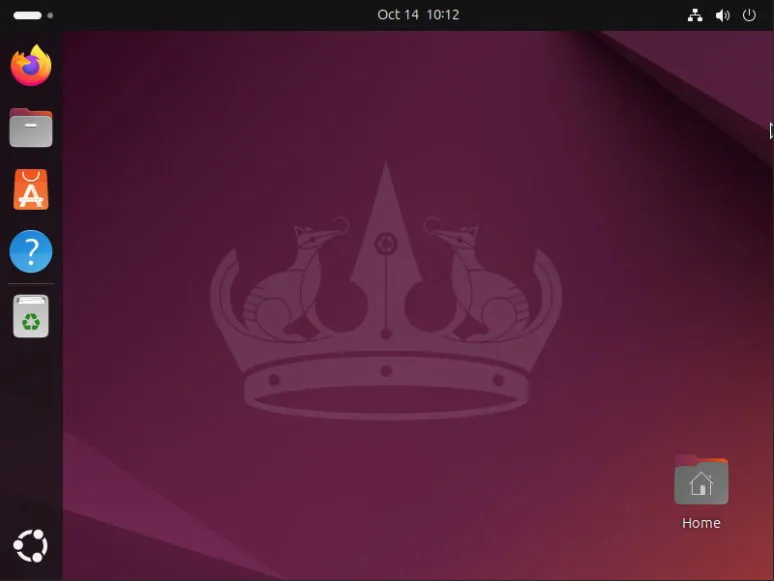
Fedora adopts a different model from the typical Linux distributions. It embraces a hybrid system that stabilizes core packages biannually while allowing third-party applications to track their upstream sources closely.
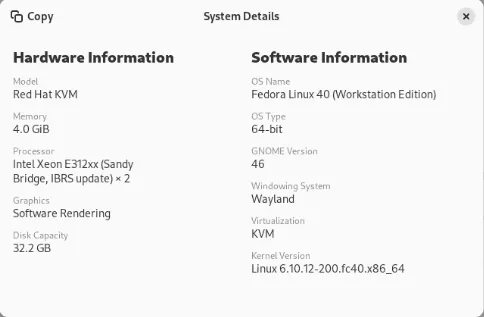
As a tech writer, I greatly value this hybrid approach compared to both traditional rolling releases and LTS. It permits me to try out cutting-edge software while maintaining stability in system packages. Additionally, I can upgrade with confidence, knowing it won’t disrupt my system or require endless troubleshooting.
Flatpaks for Proprietary Software Needs
Linux operates as an open-source platform intended for similar open-source tools and programs. However, Linux distributions often struggle with closed-source applications unless they receive explicit support from maintainers, making it challenging to install popular desktop versions of web-based applications like Spotify and Discord.
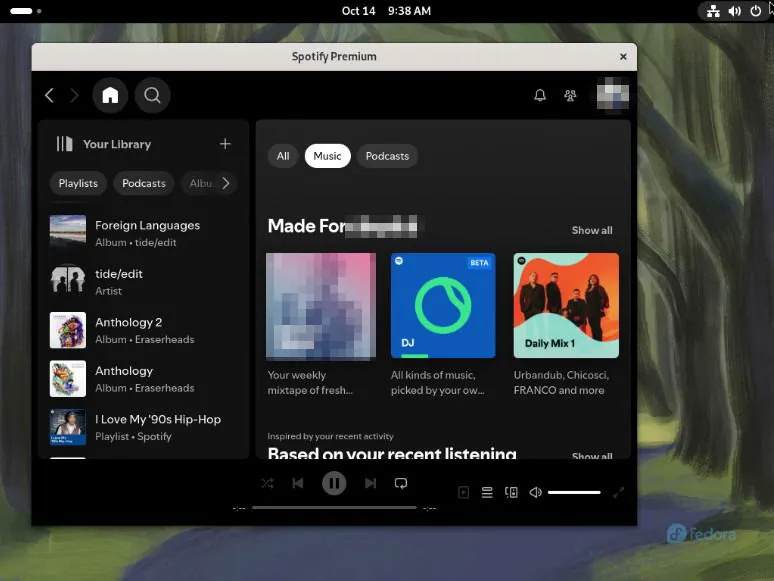
Fedora addresses this challenge by incorporating a built-in containerized application framework. Flatpak, along with its Flathub repository, offers a robust package management solution compatible with both open-source and closed-source software.
Thanks to Flatpak and DNF, I was able to align my Fedora machine with my unique workflow seamlessly. For example, I can simply execute sudo flatpak install com.slack.Slack to install my work chat application easily.
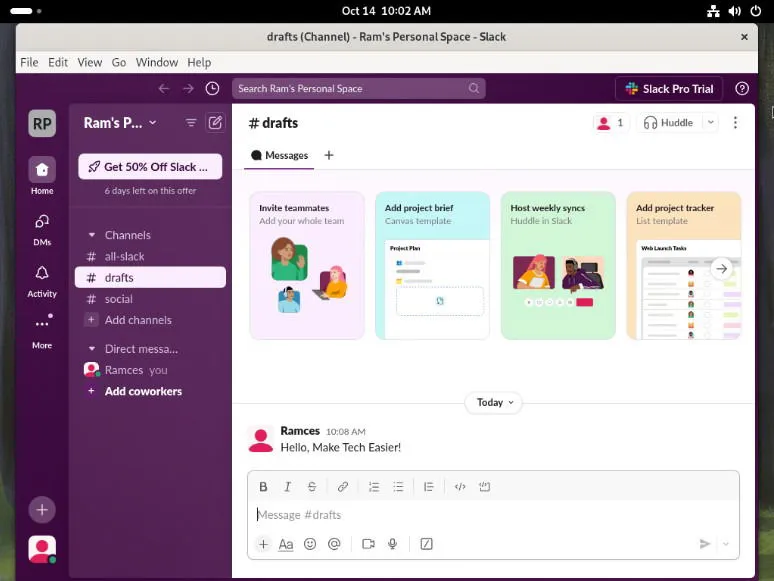
Understanding RHEL and CentOS Through Fedora
Beyond being an excellent distribution, Fedora also acts as the upstream source for RHEL and CentOS. This implies that any feature that appears in Fedora may eventually influence RHEL and CentOS. For instance, DNF was introduced in Fedora in 2015 and was later integrated into RHEL in 2019.
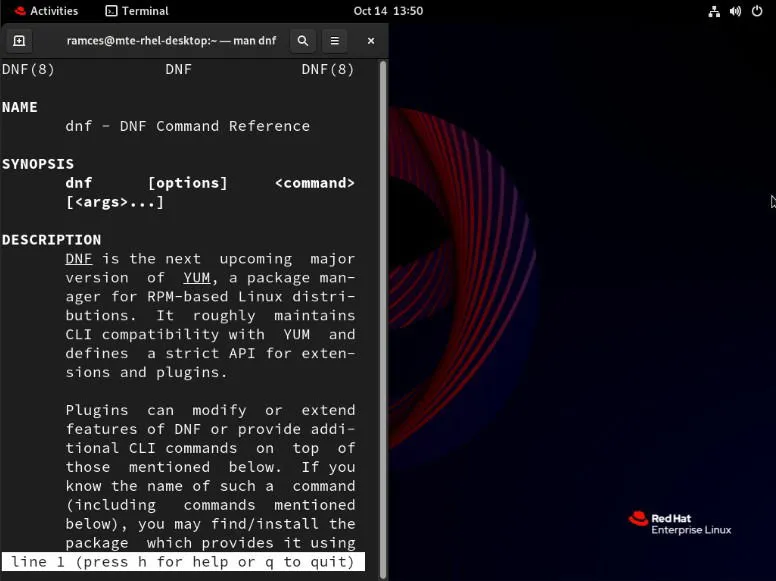
The most significant benefit of this connection is that using Fedora equips me with insights into RHEL and CentOS. The expertise I gain from daily tasks in Fedora easily translates to managing Enterprise Linux environments, giving me a competitive advantage. For instance, I was able to navigate RHEL’s IdM system effortlessly, thanks to my familiarity with FreeIPA in Fedora.
In conclusion, Fedora is an impressive Linux distribution ideal for workstations, striking a harmonious balance between innovation, stability, and versatility. Its user-friendly interface and comprehensive tools make it suitable for various workflows. Thus, I wholeheartedly recommend Fedora to anyone seeking a straightforward Linux operating system for their personal computing needs.
Discovering what makes Fedora exceptional for productivity is only the beginning of exploring this fantastic operating system. Delve deeper into the Fedora ecosystem by checking out some of the top Fedora-based distributions available today.
Image credits: Thom Bradley via Unsplash and Wikimedia Commons. All alterations and screenshots by Ramces Red.


Leave a Reply